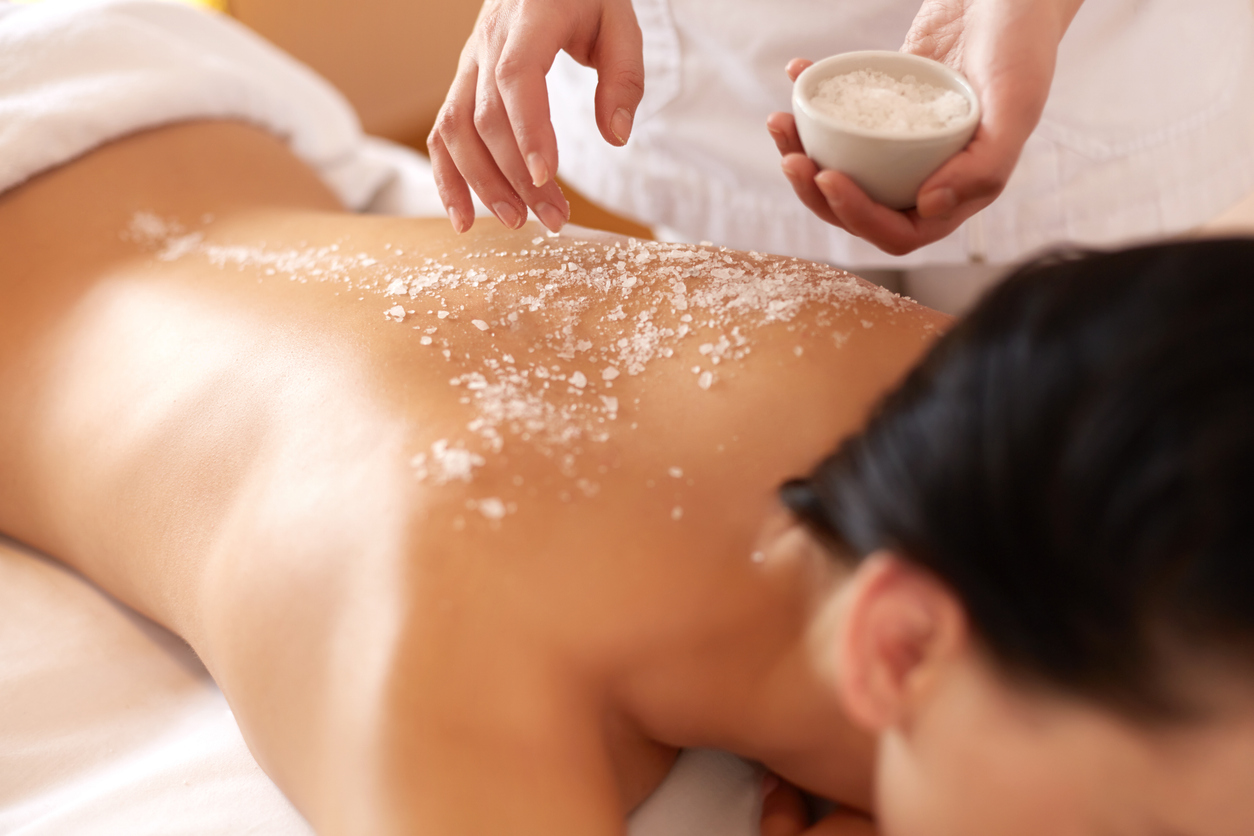
Exfoliation is a crucial part of maintaining a vibrant, smooth complexion—but it’s also one of the most misunderstood skincare steps. Done correctly, exfoliation removes dead skin cells, boosts cell turnover, and enhances product absorption. Done improperly, it can cause irritation, breakouts, or even long-term skin damage. Whether you have dry, oily, sensitive, or combination skin, here’s your ultimate guide to proper exfoliation—the do’s, the don’ts, and everything in between.
What Is Exfoliation?
Exfoliation is the process of removing the top layer of dead skin cells from your skin’s surface. This helps reveal fresher, healthier-looking skin underneath and promotes a more even tone and texture.
There are two main types of exfoliation:
- Physical (manual) exfoliation: Uses tools or particles to physically slough off dead skin (e.g., scrubs, brushes).
- Chemical exfoliation: Uses acids or enzymes to dissolve the bonds between dead skin cells (e.g., AHAs like glycolic acid, BHAs like salicylic acid).
Why Exfoliation Matters
- Unclogs pores: Reduces the risk of breakouts and blackheads.
- Evens skin tone: Helps fade hyperpigmentation and sun spots.
- Smooths skin texture: Makes skin feel softer and look more radiant.
- Enhances absorption: Allows serums, moisturizers, and treatments to penetrate better.
- Boosts circulation: Especially with gentle manual exfoliation.
Do’s of Exfoliation
1. Know Your Skin Type
Choosing the right exfoliation method depends heavily on your skin’s needs:
- Dry/Sensitive Skin: Opt for gentle chemical exfoliants like lactic acid or enzyme-based exfoliators. Avoid abrasive scrubs.
- Oily/Acne-Prone Skin: Salicylic acid (a BHA) works well for penetrating pores and dissolving excess oil.
- Combination Skin: Use a balanced approach—gentle chemical exfoliation combined with occasional physical exfoliation.
Pro tip:
The goal is to exfoliate without irritating or stripping the skin’s protective barrier.
2. Start Slow
Especially if you’re new to exfoliating or introducing potent actives, less is more.
General guideline:
- Start once a week and gradually increase to 2–3 times per week, depending on your skin’s tolerance.
3. Be Gentle
Even physical exfoliation should feel like a soft polish, not like sandpaper.
Tips for gentle exfoliation:
- Use light, circular motions.
- Let chemical exfoliants sit for the recommended time—no need to scrub.
- Never use excessive pressure with tools or fingers.
4. Follow Up with Hydration
Exfoliation can leave your skin more vulnerable, so it’s essential to replenish moisture afterward.
Best post-exfoliation steps:
- Apply a hydrating serum (like one with hyaluronic acid).
- Follow with a nourishing moisturizer to lock in hydration.
5. Always Wear Sunscreen
Freshly exfoliated skin is more susceptible to UV damage.
Rule:
Apply a broad-spectrum SPF 30 or higher daily, especially after exfoliating, even if you’re indoors.
Don’ts of Exfoliation
1. Don’t Over-Exfoliate
More is not better. Over-exfoliating can damage the skin barrier, leading to sensitivity, inflammation, and breakouts.
Signs of over-exfoliation:
- Redness
- Burning or stinging
- Increased breakouts
- Flaky, irritated skin
If this happens:
Pause exfoliation for a few weeks and focus on gentle hydration and barrier repair.
2. Don’t Mix Too Many Actives
Layering strong acids, retinoids, and vitamin C immediately after exfoliation can irritate the skin.
Avoid mixing:
- AHAs/BHAs with retinol on the same night.
- Strong peels with other exfoliating products.
Pro tip:
Stick to one active ingredient per session to minimize the risk of irritation.
3. Don’t Exfoliate Broken or Irritated Skin
If you have open wounds, sunburn, eczema, or active infections, skip exfoliation until your skin heals.
Why:
Exfoliating damaged skin can worsen inflammation and delay healing.
4. Don’t Use Harsh Scrubs on Delicate Areas
Areas like around the eyes are too fragile for physical exfoliation.
Rule:
Only exfoliate tough areas (like the forehead, nose, and chin) more vigorously if needed. Be extra gentle on sensitive zones.
Best Exfoliation Products by Skin Type
Dry/Sensitive Skin:
- Lactic acid serums (The Ordinary Lactic Acid 5% + HA)
- Enzyme exfoliants (like papaya or pumpkin-based masks)
Oily/Acne-Prone Skin:
- Salicylic acid serums (Paula’s Choice BHA Liquid Exfoliant)
- Clay-based masks (Kaolin or bentonite clay)
Combination Skin:
- Glycolic acid toners (Pixi Glow Tonic)
- Gentle scrubs with fine, smooth particles (used sparingly)
Mature Skin:
- Mild AHAs (like mandelic acid)
- Enzyme-based gentle peels
DIY Natural Exfoliators (For Gentle Use)
Oatmeal and Yogurt Mask:
- Mix ground oats with plain yogurt.
- Apply and leave for 10–15 minutes before gently rinsing off.
- Soothes and exfoliates without irritation.
Honey and Brown Sugar Scrub:
- Mix a tablespoon of honey with a teaspoon of brown sugar.
- Very gently rub on damp skin and rinse after 1–2 minutes.
Pro tip:
Always patch test DIY exfoliators to avoid unexpected reactions.
Exfoliating properly is one of the best things you can do for brighter, healthier-looking skin—if done thoughtfully. Tailor your exfoliation method to your skin type, be gentle, and stay consistent without overdoing it. When in doubt, choose less frequent, gentler exfoliation and prioritize protecting your skin barrier. Remember: Glowing, even-toned skin isn’t achieved overnight, but with the right care, it’s definitely within your reach!







